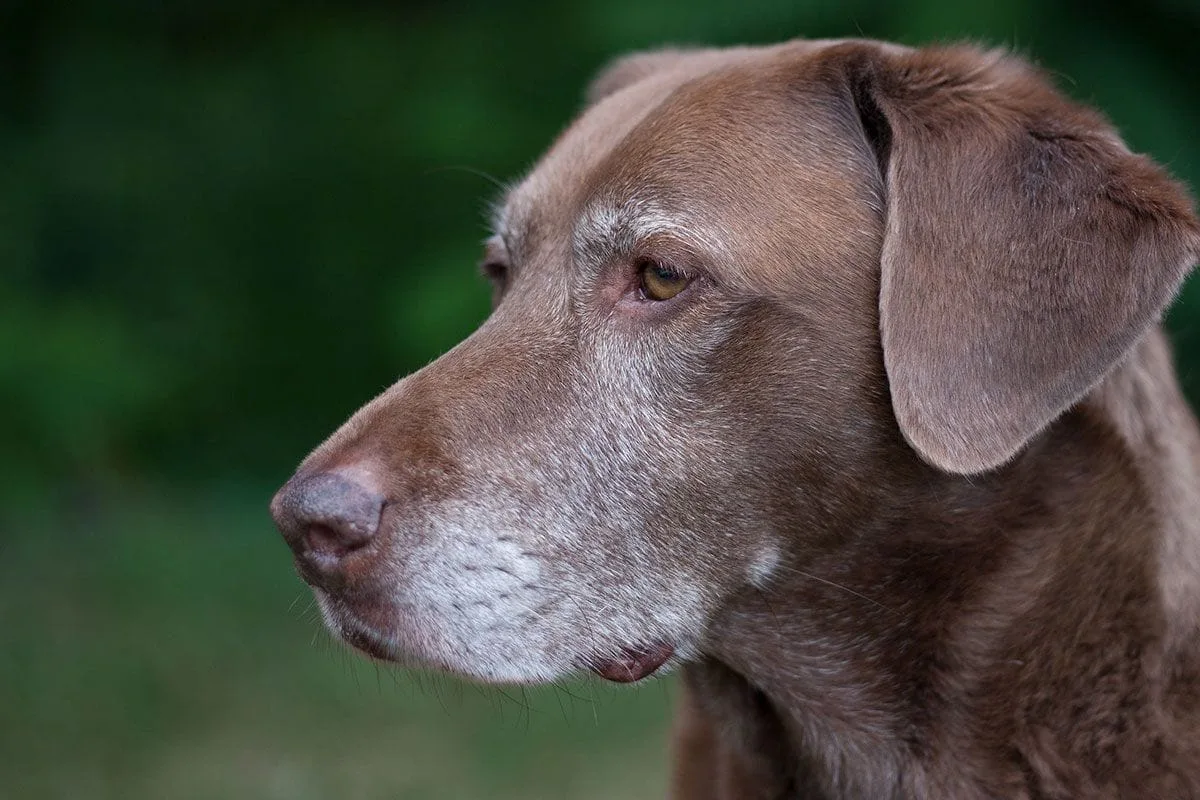Joint problems plague dogs just as commonly as they do humans. That's why orthopedic care can improve your beloved friend's quality of life.

Common Orthopedic Issues
A dog's joint problems may result from a variety of orthopedic injuries and illnesses. In some cases, these vulnerabilities are partly inherited. For instance, certain small breeds such as Yorkshire Terriers and Pomeranians are especially prone to luxating patella, a dislocation of the kneecap that can be painful (although even giant breeds can develop this problem). Hip dysplasia, an abnormality of the hip joints that causes pain and loss of mobility, is another common issue that seems to target certain breeds; the Orthopedic Foundation for Animals has found that 61 percent of Bulldogs and 80 percent of Pugs are troubled by it, although in general, large breeds have worse rates of hip problems than small breeds. Age plays a role in orthopedic problems as well. If your senior dog has trouble getting up, climbing stairs, or running, for instance, he may have developed arthritis in his elbows, knees or hips. Last but not least, traumatic injuries may include a torn ACL (anterior cruciate ligament) or one of the other ligaments in the knee.
Orthopedic Treatment Options
Fortunately, many of these conditions can be treated successfully by your veterinarian. Mild disorders may respond well to anti-inflammatory medications or glucosamine. Your veterinarian may also recommend physical therapy to help your dog's joints. Surgery may help pets whose dysplasia, arthritis, or other degenerative condition has progressed to where it is painful or disabling. A luxating patella, for example, can be repaired by surgically reshaping the end of the femur and modifying the surrounding tissues.
If your pet suffers from an acute orthopedic problem like an ACL tear, modern veterinary surgical techniques can provide relief. There is more than one method of repair for an ACL, which one is used depends on your pet's size. For small dogs, surgeons choose an extra - capsular repair, where a tough filament is placed that simulates the action of the cruciate ligament connecting the femur with the lower leg bone bone. For large dogs, board-certified surgeons usually recommend a TPLO (triple plateau leveling osteotomy) where the surgeon alters the angle of the tibia by cutting the bone and applying a metal plate to keep the femur from sliding painfully against it. A TTA (tibial tuberosity advancement) involves reattaching the patella tendon at a different point so that it can assume the weight-bearing job of the ACL.
Your veterinarian can advise you how to try to prevent joint problems, or give you options on how to treat arthritis, whether it is medical or surgical, or a combination.
Weight Loss for Healthier Joints
Is your dog carrying a few extra pounds? If so, then he might be facing joint pain down the road. Veterinarians warn that obesity can put extra stress on the weight-bearing joints, causing osteoarthritis or other degenerative joint diseases. Excess weight also makes exisiting joint problems much worse. Schedule a wellness evaluation so your veterinarian can check your dog's weight and make any appropriate dietary or lifestyle recommendations.
Sources:
AKC Canine Health Foundation, "Managing Canine Arthritis."
American College of Veterinary Surgeons, "Patellar Luxations."
Maro, Robert "Jeff," DVM, "FAQ About Knee Surgery in Dogs," Mayo Veterinary Services.
Orthopedic Foundation for Animals, "Hip Dysplasia Statistics."